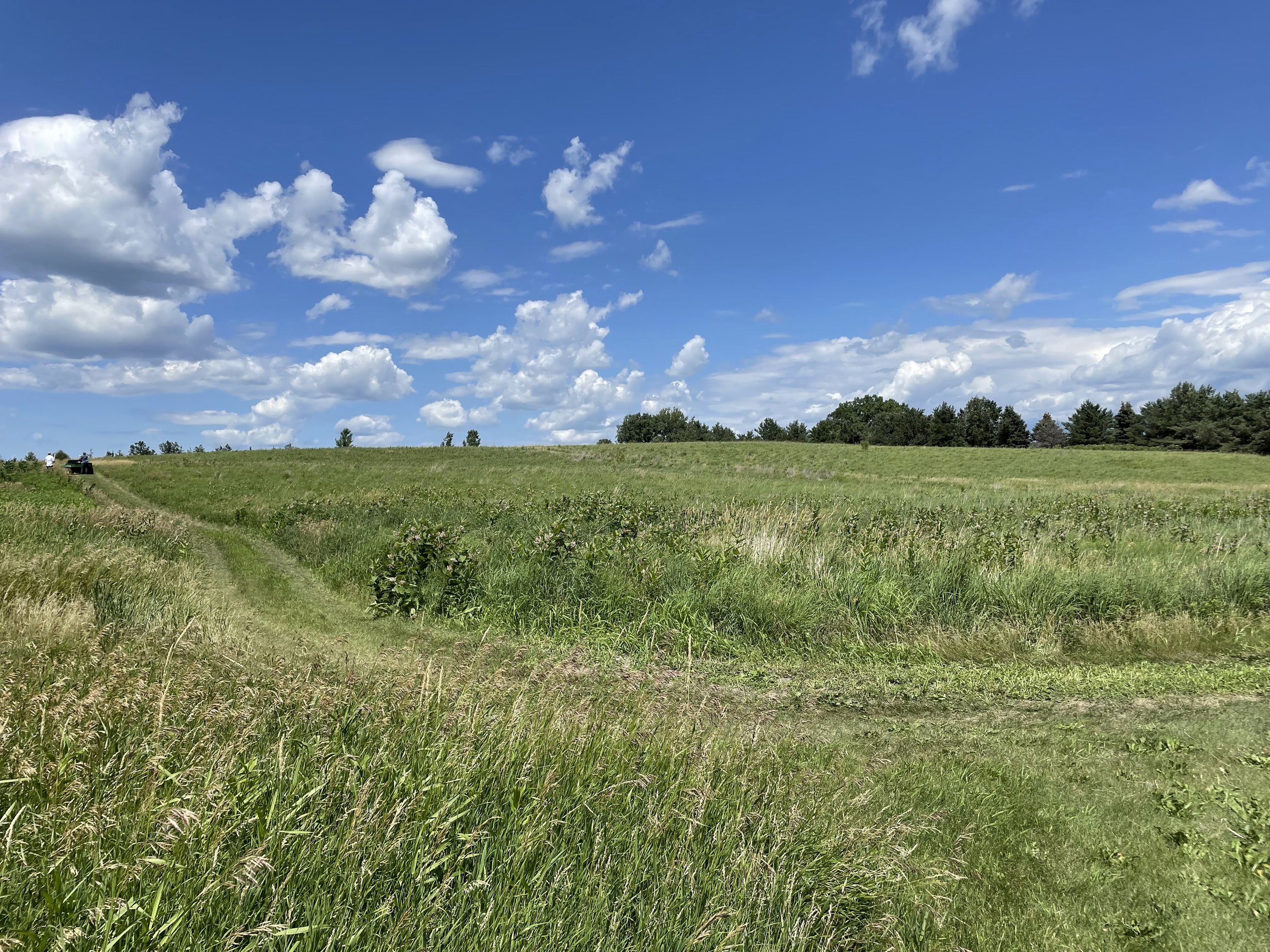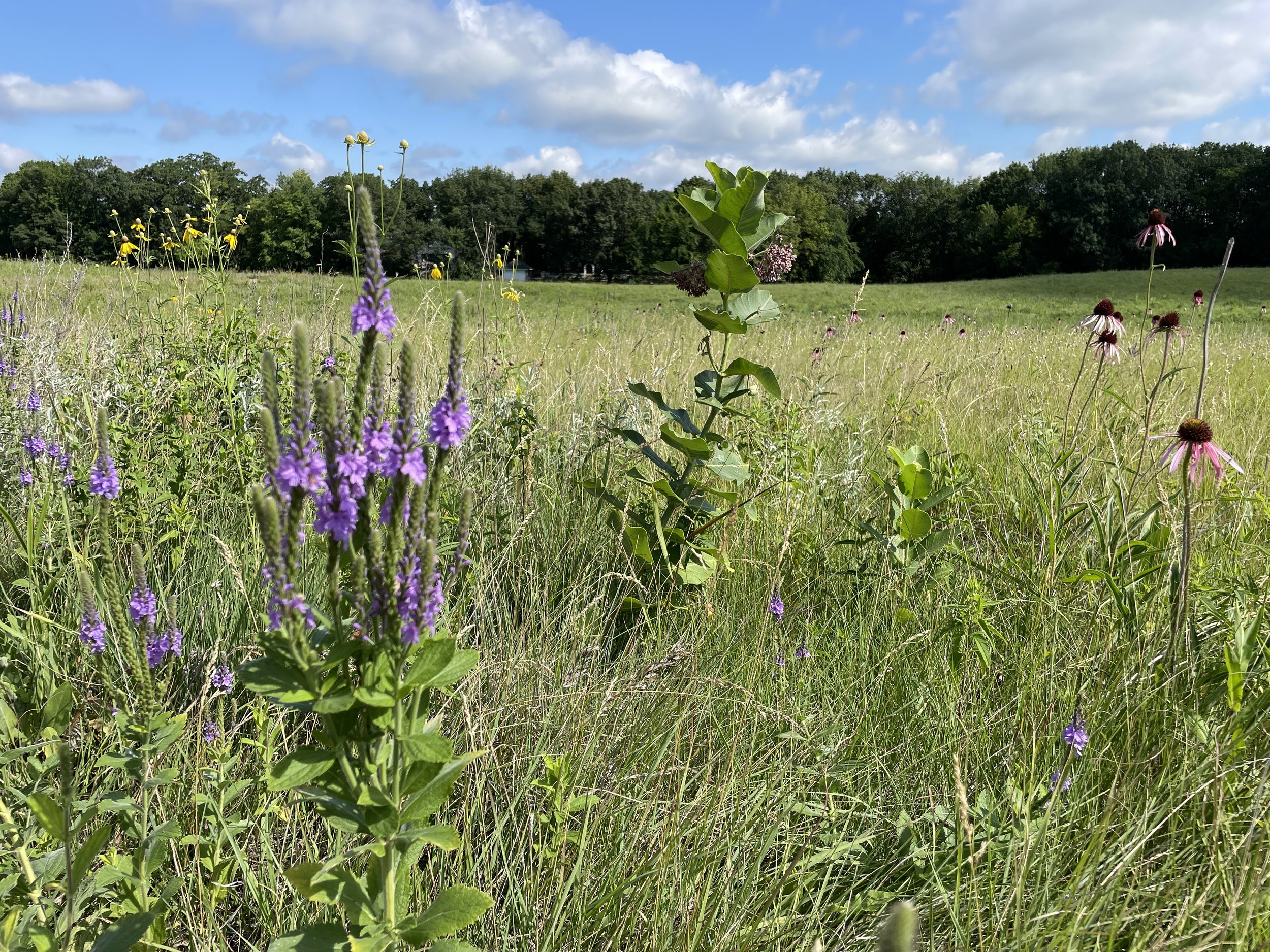
What’s POLLi?
POLLi is a plant identification technology that uses AI to evaluate aerial imagery.
POLLi enables users to survey large areas accurately and quickly using drones for data collection. The images are then processed using machine learning algorithms within the POLLi platform, producing high-accuracy results. Conservationists can use the platform to increase the area of land surveyed while improving accuracy. POLLi can do in minutes what traditionally takes a field tech days.
It’s effortless:
FLY: Collect imagery data at the proper resolution on the POLLi Flight application
UPLOAD: Import the image data to the POLLi platform
AI: Process the data through algorithms hosted on the POLLi platform
ANALYZE: Review and visualize the results in POLLi
REPORT: Share the statistics with others or export results into your respective GIS tool

POLLi provides organizations the tools needed to supercharge data collection and analysis. We remove barriers, letting you focus on making the most informed decisions, increasing your team’s effectiveness.
POLLi optimizes a data collection process with drones. The result is a process that saves time and money while improving accuracy. POLLi can facilitate current and future observations of different plant and animal species.
The flight planning tool supports off-the-shelf drone technology for private land operations and drones on the Blue sUAS list, enabling deployment on federally owned lands. Then, we automated the data analytics pipeline to evaluate 100 images per second and count all milkweed in each image – Crazy fast!
Applying machine learning, computer vision, GIS information, and other data layers, POLLi can accept machine learning results for multiple plant and animal species and supports numerous use cases.
The entire solution consists of a flight application to capture data with a drone, a platform to manage ML/CV results, a mobile application capable of supporting manual observations stored in a database, and is expandable to accept new machine learning and computer vision algorithms and data products as they become available.







